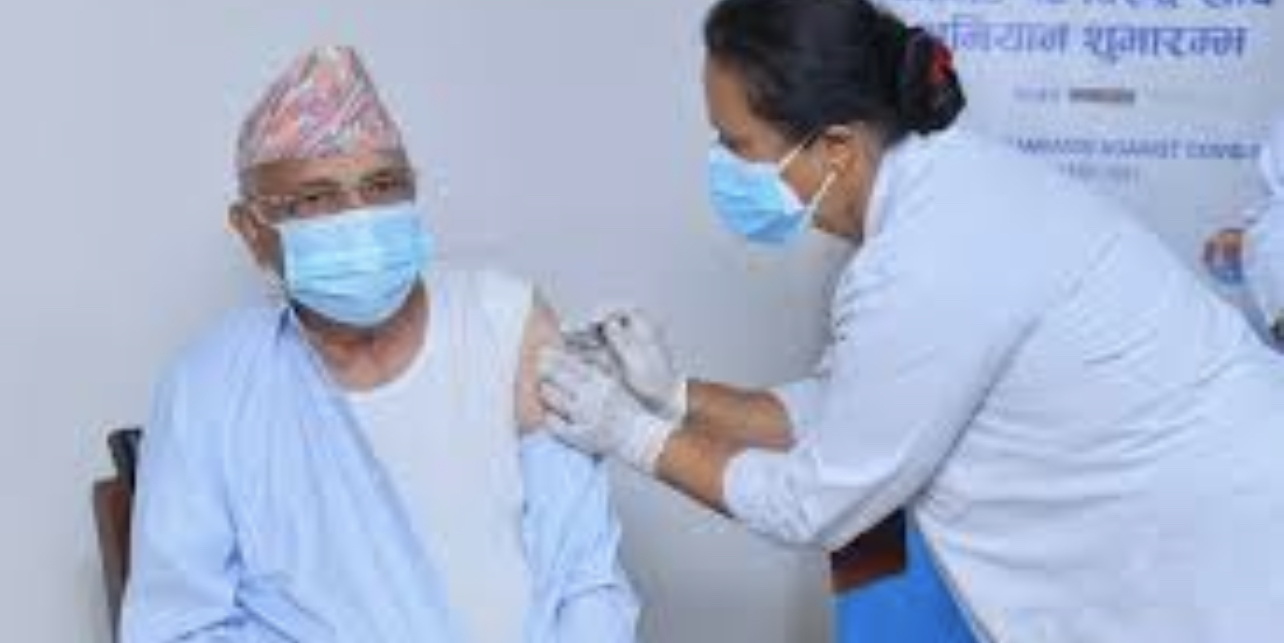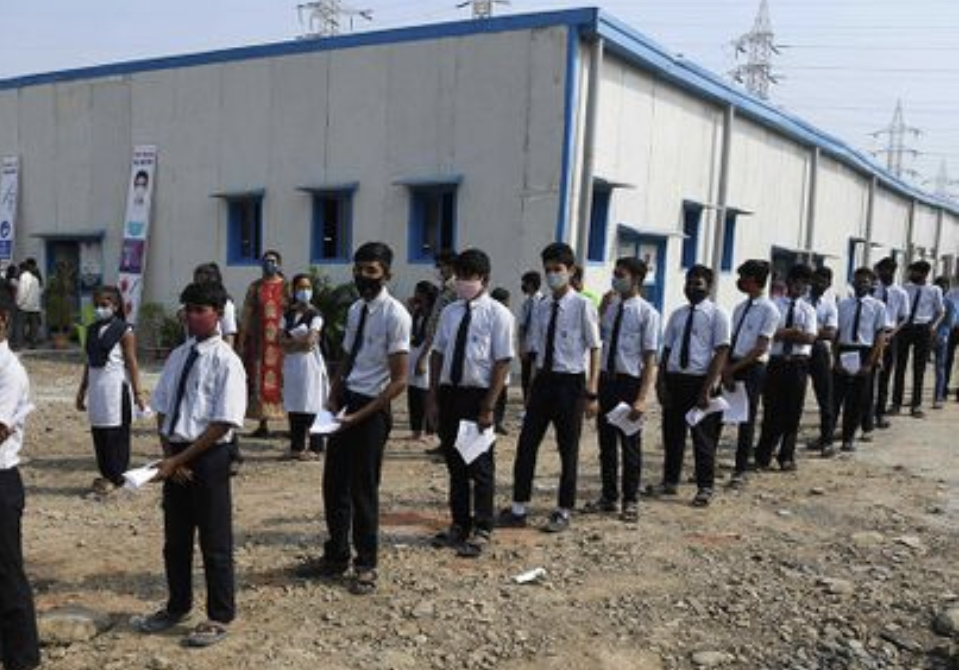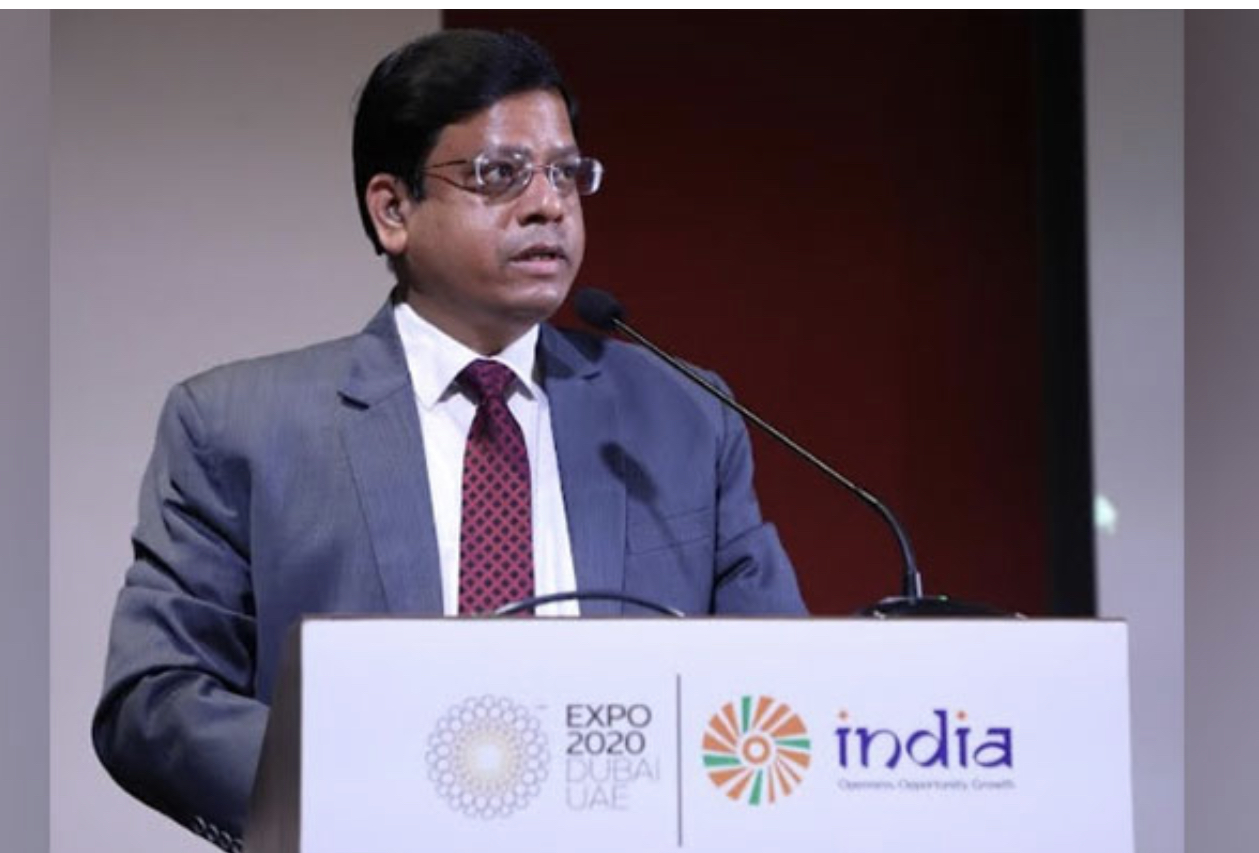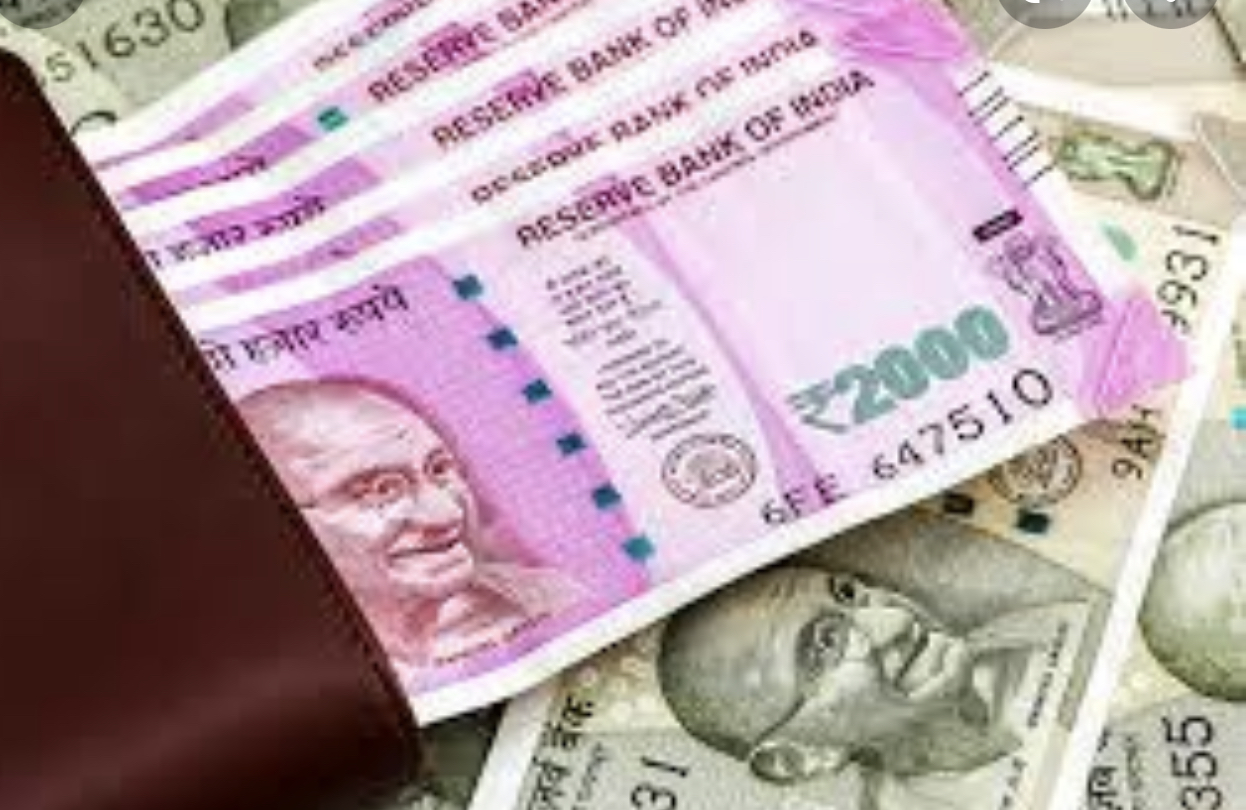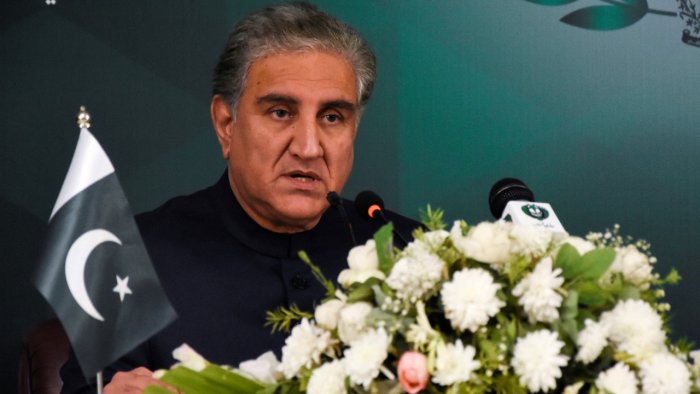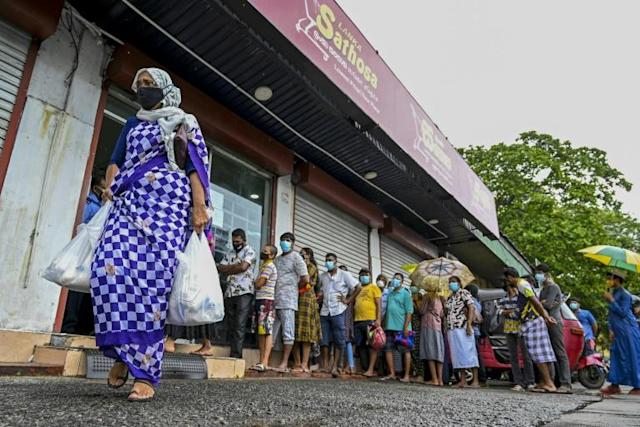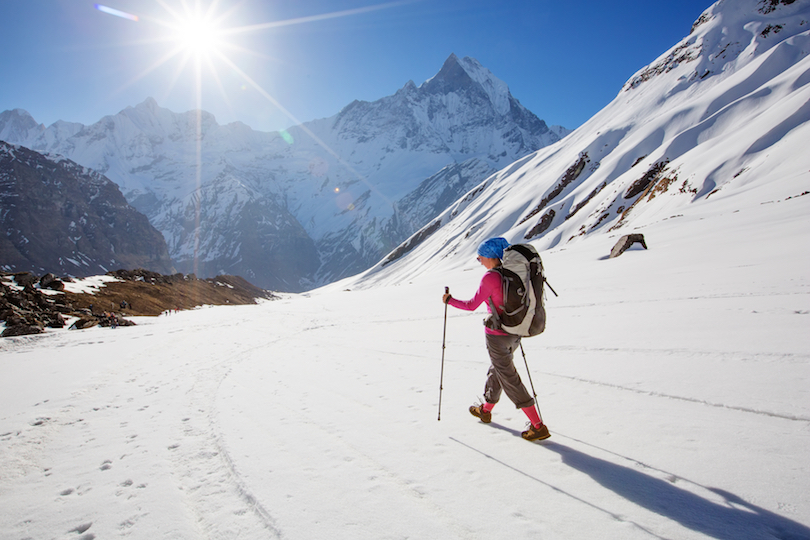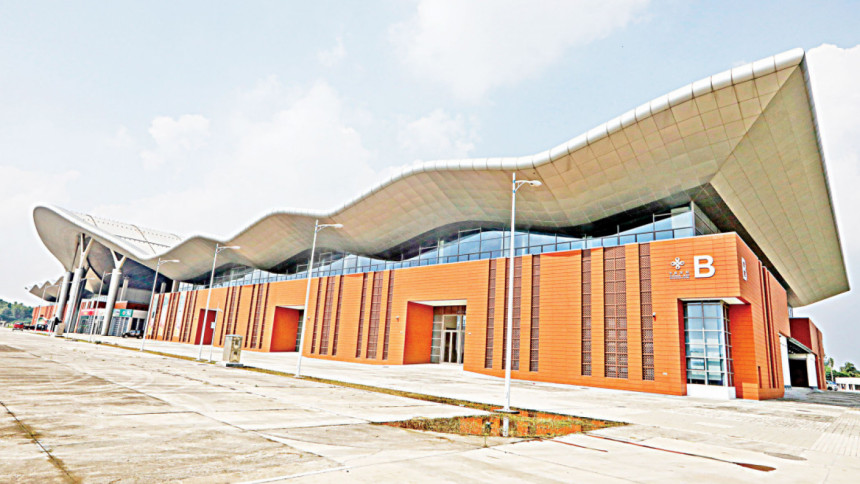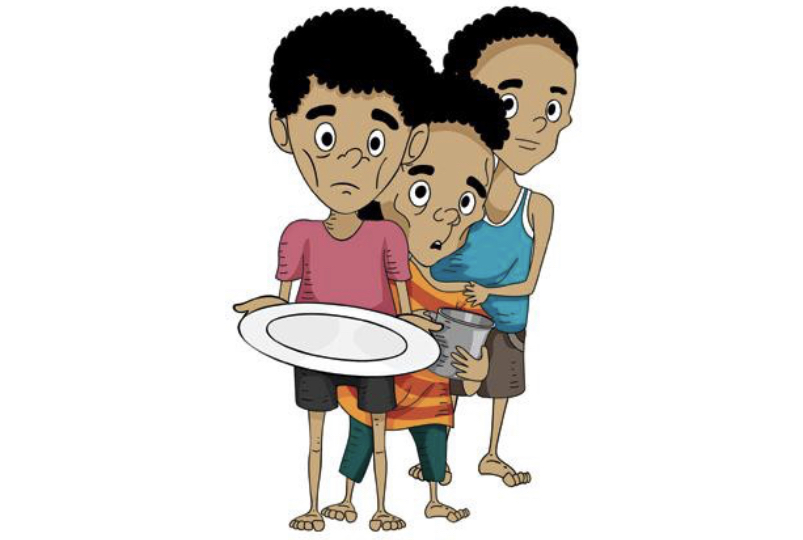Activists from across South Asia have expressed concern at the deteriorating human rights situation in the region, amidst growing majoritarian authoritarianism and a rise in discrimination on basis of religious and ethnic identities.
Endorsing the Sapan Declaration on Human Rights, participants at an online session on ‘Human Rights and Equality in South Asia: Growing up, Growing together’ called on governments in the region to ensure the establishment and strengthening of national human rights institutions and support the development of a dedicated regional human rights institution.
Recognising the unwillingness and/or inability on the part of the national/domestic systems to effectively address the widespread human rights violations across South Asia, the statement drew attention to the commitments enshrined in the SAARC Charter in relation to human rights and the right to development and called on the governments to reactivate SAARC. The Declaration (open for endorsements) also urged the development of robust regional human rights mechanisms and a dedicated regional human rights institution.
In her opening remarks at the conclave, Dhaka-based feminist and rights activist Khushi Kabir said, “our nations are mostly totalitarian or on the verge of becoming totalitarian”, enabled by a culture of impunity countries across South Asia. “Where democracy exists, it is floundering in many ways… Religion is being used as a tool for creating ‘the other’,” Kabir said.
Her comments highlighted the commonality of human rights issues and concerns across South Asia and set the stage for a youth roundtable discussion on human rights and equality across the region.
Organised by the South Asia Peace Action Network, or Sapan, the event focused on the shared dream of a peaceful and just South Asia. Khushi Kabir, a Sapan founding member, emphasised the need to speak up as South Asians, be together and hear each other.
“To those of us who have dreams, we still are foolhardy enough to keep dreaming and to keep believing in our dreams,” said Khushi Kabir, core member, Sangat and coordinator, Nijera Kori.
The event on December 26 was the ninth in Sapan’s series of monthly webinars “Imagine! Neighbours in Peace” and commemorated Human Rights Day, observed annually on December 10, as well as 36 years of SAARC, the South Asian Association for Regional Cooperation established in Dhaka, 1985. This December also marks 50 years of Bangladesh’s independence.
Speakers from across South Asia, including Afghanistan, Bangladesh, India, Nepal, Pakistan and Sri Lanka and the diaspora shared aspirations through speeches, music, and poetry. South Asia comprises nearly a quarter of the world’s population, most of them youth. Most of the speakers were under 35 years old, not even born when the above events took place.
Conducted by Delhi-based activist Priyanka Singh, the event was organised at a time when majoritarian authoritarianism and discrimination on basis of religious and ethnic identities are on the rise across South Asia. Speakers questioned these tendencies and underscored the need to sustain and promote responsible adult behaviour that accepts differences and celebrates diversity, finding convergences and building solidarities along the way.
Violence in the name of religion has been visible in many other instances around the region without adequate action being taken by the state institutions.
Just days before the event, Hindutva followers instigated violence against Muslims at a “Dharma Sansad” in Uttarakhand, India. In Pakistan, a mob lynched the Sri Lankan manager of a factory on the pretext of religion.
In August, a gathering in Delhi called for violence against Muslims. There has been vandalism at churches and disruptions of Christmas celebrations at multiple places. Disinformation and bigotry in the guise of religion appear to be behind members of the Vishwa Hindu Parishad and Bajrang Dal attacking a school in Madhya Pradesh even as students appeared for an examination inside.
The event concluded with ‘Expressions’ featuring artists from around the region sharing music and poetry of hope and resistance. Revolutionary poet Habib Jalib’s Jamhuriyat (Democracy) took on a South Asian colour with a slight modification by singer Shahram Azhar, an economics professor at Bucknell University, Pennsylvania. Hailing from Rawalpindi, Azhar is a founder and former lead singer of the Laal band known for its musical renditions of powerful progressive poetry.
Changing the original ‘Das Karod Insaanon’ (100 million people) to ‘Do Arab Insaanon’ (two billion people), Azhar sang to a melody composed by Husnain Jamil of Progressive Students Collective, Pakistan, and a Sapan founder member.
Afghan activist Zahra Hussaini from the Bamiyan province, currently based in Sweden, shared her experiences and work in Bamiyan and Kabul. She talked about the grave human rights situation prevailing in Afghanistan today, particularly in relation to women, children, and journalists.
Co-founder of the ‘Ride a bicycle’ campaign in Bamiyan, she has worked with war victims at the Human Rights and Democracy Organisation, Afghanistan, using the methodology of the Theatre of the Oppressed. Recent political developments in Afghanistan have led to a serious human rights situation in particular for women, who continue to protest for their right to work and to uphold their culture. Since the Taliban took over Afghanistan, she knows of at least 32 journalists who have been picked up or imprisoned – “we don’t even know what is happening with them”.
Sri Lankan activist Subha Wijesiriwardena placed the human rights situation of her country in the context of similar issues and concerns in nearly all South Asian nations. Now based in New York City, she spoke about the Prevention of Terrorism Act (PTA) and its ongoing impact on human rights in Sri Lanka. The PTA, she said, is frequently used to target minorities and dissidents. Hundreds have been detained arbitrarily, many subjected to torture and forced to sign false confessions.
A newly issued “anti-terror” regulation will allow the government to “more efficiently and unapologetically target religious and racial minorities and ethnic minorities”. She expressed apprehensions about the government’s plans to ban the burqa, the closure of more than a thousand madrasas citing national security, and the recently constituted “One Country, One Law” taskforce, and highlighted the increasing discrimination and violence against Muslims in Sri Lanka.
She also outlined the state of LGBTQIA+ rights in Sri Lanka, in particular the fraught relationship between law enforcement and the LGBTQIA+ community, about which the courts have recently taken up a petition. The court system can work in favour of human rights, she said, but the case “is a stark reminder – for those of us in movements – of the nature and complexity of small wins in times of big losses”.
Many across the region, she said, are asking questions about “how to navigate the complex push and pull of living in times of ethnocentrism and the erosion of our democratic institutions and spaces while targeting the mechanisms which do remain to us?”
Mumbai-based lawyer Lara Jesani spoke about repressive draconian laws and the shrinking democratic spaces in India. She gave the example of the Elgar Parishad case in which leading activists working for the rights of communities, Adivasis, and environmental justice were arrested. Examples include Sudha Bharadwaj who was recently granted default bail; poet Varavara Rao who was granted bail on medical grounds; and most tragically Father Stan Swamy, 84, who died in prison in July this year. Others remain imprisoned.
In the Delhi riots conspiracy case, despite records about the situation, the case was twisted to falsely implicate leading activists in the CAA-NRC protests. “Even registering our dissent has become extremely difficult. And this has obviously also led to the silencing of those who believe in India’s democratic values. It has had a chilling effect, especially on the youth”.
However, she found hope in the “growing consciousness which needs to be celebrated”. For example, the Shaheen Bagh protest which began in Delhi as a campaign for equal citizenship and against the unconstitutional Citizenship Amendment Act sprouted many “Shaheen Baghs” around India. The farmers’ protests against the three farm laws, termed kaale kaanoon (black laws) by farmers and agricultural workers for their anti-farming, pro-corporate nature were withdrawn – a bitter-sweet victory at the cost of over 700 lives.
These powerful examples underscore the potential for change, said Lara. We need “to collect our strengths, and to come together to demand accountability and demand a regional mechanism… There is a lot of potential for us to work together, and ensure that there is and there will be change in South Asia”.
Space for dissent is shrinking in Bangladesh too, as Dhaka-based journalist Sushmita Preetha highlighted. Bangladesh marks 50 years of independence this year and “has made tremendous strides” but behind the success story lie unequal wealth distribution and “tragic but unavoidable tale of poverty, unemployment, corruption, and curtailment of basic human rights”.
The mysterious death of writer Mushtaq Ahmed, detained under the draconian Digital Securities Act, is a case in point. The Act “allows security agencies to pick up and arbitrarily detain anyone critical of the government or the ruling party, over vague allegations of damaging the reputation of the state or creating instability”.
The government has clamped down on dissent on social media, but hate speech and fake news, particularly targeting women, Hindus, indigenous and LGBTQIA+ communities continue unchecked, she said. The recent spate of communal violence targeting Hindus during Durga Puja in Bangladesh, and its spiralling effect leading to violence against Muslims in Tripura in India, indicate how the region “seems to be stuck in a loop where violence and hatred in one part breeds/fuels bigotry in another”.
The anti-Muslim sentiment in neighbouring India and Myanmar make it increasingly difficult to counter the propaganda of Islamist groups in Bangladesh, especially with the Bangladesh government pandering to communal forces. Speaking of the “killing fields” on the Indo-Bangladesh border, Preetha noted the class character of this important issue, where an “overwhelming majority of those killed are poor, unarmed villagers – mostly cattle rearers and fisherfolk”.
“In the face of growing jingoism and hatred and intolerance, I think it is really important that we get together and hold our nation states accountable,” she said, with the hope that what gets proposed at the webinar will pave the way forward for a long term fight.
Lahore-based historian and activist Ammar Ali Jan said that peace activists and human rights activists can only offer solidarity to comrades in the region, while holding their own governments accountable. He especially expressed solidarity with the people of Afghanistan “who are fighting against extremism in a very difficult situation” and called for making women’s rights and the rights of minorities a precondition for any kind of dialogue with any future Afghan government.
In the context of Bangladesh marking 50 years of independence, he noted the erasure of history being witnessed in Pakistan. Over the last decade or so, “after the silence over Bangladesh, people had begun asking inconvenient questions”. Many politicians had apologised or at least acknowledged the crimes committed by the Pakistani state. The past few years have seen a reversal of that process, he said. For example, the government and secret agencies threatened to cancel an academic conference at LUMS, while a recently released film presents the 1971 war as a conspiracy.
Unable to control or satisfy their populations the ruling elites need to “constantly have enemies around – both internal and external”. The manufacturing of enemies and hatred of “the other” being used to target dissidents around the region make it all the more necessary for the people to assert their common identity and destiny as South Asians. “The only way we can be secure is through peace, solidarity, and love”.
From Kathmandu, activist Nirupama Ghimire spoke about the human rights situation in Nepal, and the growing role of social media in activism. Hashtags, information shared to stories and posts, and “the ability to hear a diverse range of voices and opinions now underpin and mobilise every demonstration”, she said.
Social media has been used to “misinform, incite violence, and interfere in social political movements” but it has also helped amplify the voices of those generally ignored by mainstream media. One example is the “#EnoughisEnough” campaign, a loose campaign that came together on social media that led to making the COVID-19 RT-PCR test mandatory in the initial phase.
Agriculturist and educator Waqas Nasir in Lahore moderated the discussion and question-answer session. Beena Sarwar, founder-curator of the South Asia Peace Action Network and curator of the webinar series titled “Imagine! Neighbours in Peace”, presented the Sapan story, a personal political tale of history, hope and connections.
Earlier, eShe editor Aekta Kapoor presented an ‘In Memoriam’ slideshow to commemorate leaders and visionaries of the South Asian peace movement, as well as lives lost over the past two years. Activist Sarita Bartaula presented an overview of human rights in South Asia.
The event ended with the ‘Expressions’ segment which besides Shahram Azhar, featured Samia Mehraj from Kashmir with her poem ‘War and time wait for nobody’s mothers in Kashmir’. Recalling the words of Palestinian poet Marwan Makhoul, she talked about poetry as a means to assert agency and document history. Poetic archives must be “seen as evidence of people’s lived experience”.
Dhaka-based activist Bithi Ghosh presented a video of the song ‘Dharmo jar jar e dunia sobar’ (To each her own faith, the world for all) written and composed by her cultural group Samageet in 2012 after an attack on a Buddhist temple in Chittagong. Religion is personal to individuals while the world belongs to all, is the underlying message.
Sapan News Service, www.southasiapeace.com. @southasiapeace




